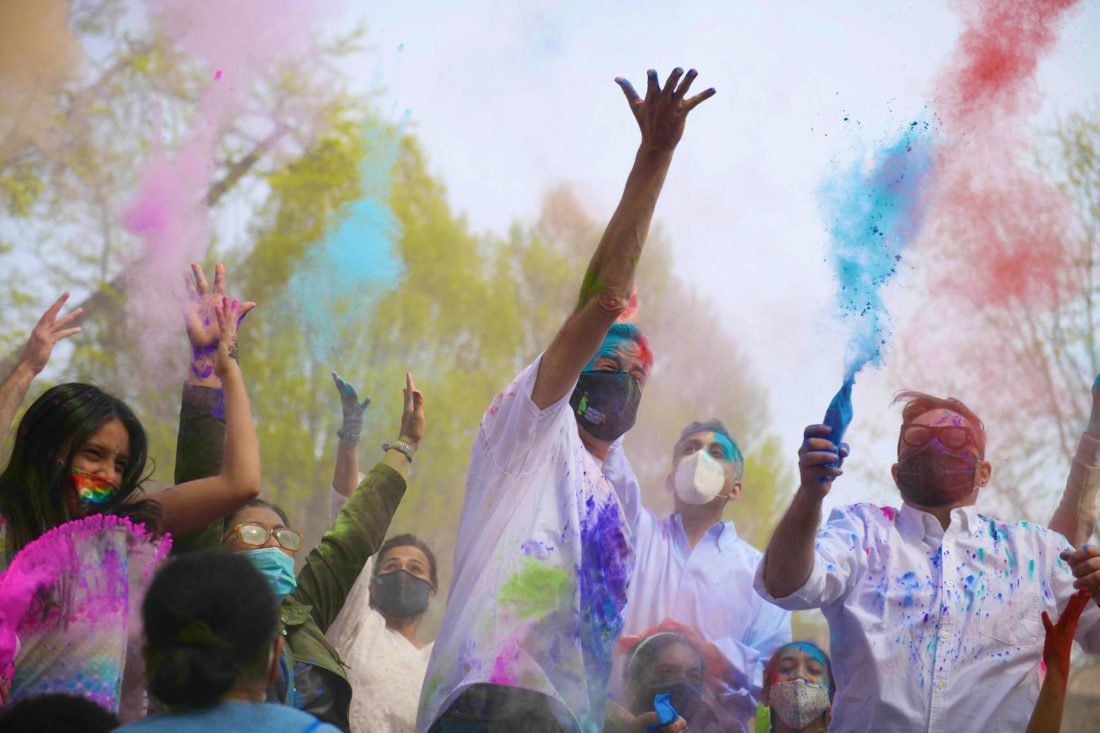Residents Push For Asian-American History To Be Taught In Schools


On Monday, over 2,500 Asian-American New Yorkers, most of them parents, signed an open letter addressed to Mayor Bill de Blasio and Schools Chancellor Meisha Ross-Porter, calling for Asian-American history to be taught in New York City public schools. Over 750 of those signatures came from members of Brooklyn’s Asian-American community. The open letter was created by Xia Li, Ting Yu, and Joseph Chou, parents at Queens’ MS 158 Marie School in Bayside, Queens, as well as Yiatin Chu and Lulu Song, whose children attend PS184M Shuang Wen School in Chinatown.
“The recent surge in anti-Asian hate crimes and violence has highlighted the woefully inadequate education pertaining to Asian American history that our children receive,” the letter reads. “As parents of Asian American students in NYC public schools, we urge you to take immediate actions to establish and promote a curriculum that is inclusive of Asian-American history and culture. Education is among the best antidotes to racism and must start in the earliest grades.”
The letter goes on to make three recommendations: to teach Asian-American history in NYC public schools; to celebrate Asian-American and Pacific Islander Heritage Month each year in May with a series of activities and to teach Asian-American students how to confront racism and also to teach their classmates how to support them.
“Asian-American children must know their history in this country so they can be proud of their heritage and stand up to discrimination and hate,” the letter says. “Their classmates who are not of Asian descent must also learn about Asian-American history to better understand and respect the racial and ethnic background and identity of their Asian-American peers. Very few NYC students are taught about the numerous ground-breaking contributions Asian-Americans have made to this country and our city, or about the hardships, exclusions, violence, and killings that Asian Americans have endured over the centuries in this country and our city.”
The letter continues to say, “We believe that by learning about the history of each member of our community–how we arrived at this land and how we helped to build this nation and city together–we will be more united, empathetic, and respectful to each other; we will be better able to fight racism, discrimination, and inequality. We look forward to collaborating with you to achieve racial representation and equality in our schools for all children.”
The open letter also included several testimonies from Asian-American New York schoolchildren between the ages of 12-15, where they talked about their experience with the lack of Asian-American history being taught in schools. One student, a 14-year-old named Leo, explains, “I barely know about the history of my own ethnic background, and it doesn’t seem just to talk about history without talking about the history of Asia, Asians, and what Asians have done in America. As far as I know, during the history of Asians in America, the only things I’ve learned were the Chinese Exclusion Act.”
Another student, named Kalyn, writes, “The United States is a nation of and built by immigrants. Ironically, Asian American history is not a part of the history textbook that is being taught in detail in school. This fault in American education contributes to the act of Asian Americans being misunderstood and treated as outsiders. Thus, including Asian American history in school textbooks would inform students that Asian Americans are Americans and have been for a very long time.”
Some of these students also talked about the racism they have experienced and pointing to the lack of education as the blame.
Ever since I was young, I’ve experienced multiple accounts of Asian American hate,” says 15-year-old Katherine. “I have attended a predominantly Caucasian school my whole life. In elementary school, my classmates told me that my food was disgusting and that it smelled terrible. I was so embarrassed to bring the delicious foods that my mom would make for me. Although we were all young, my classmates still treated me differently. Kids would run around screaming, “Chinese, Japanese, I like cheese,” while pulling back their eyes on the playground. The behavior of these children is still ingrained in me, even after ten years.”
“[T]he lack of Asian representation in our history curriculum is having some very harsh effects,” says 12-year-old Daniel. “Attacks on Asians have been ramping up throughout the COVID pandemic. Many blame Asians as a whole, needing someone to scapegoat for this deadly disease. If their children, who went to school, learned that Asians aren’t just a bunch of lazy, unethical people, but rather, a hard-working, caring, and patriotic ethnic group, they could tell their parents, and maybe, just maybe, change their opinions.”
Recent NYPD statistics say hate crimes against Asian-Americans is up 45%, though reports on such hate crimes are being underreported. On Friday night, a Chinese immigrant was beaten into a coma in East Harlem.
“The DOE produces and provides high-quality, culturally responsive curricula and resources for schools, and this letter underscores the importance of that work,” emailed Sarah Casasnovas, DOE Associate Press Secretary. “We remain committed to making sure our Asian American and Pacific Islander students see themselves and their peers in the books they read and the lessons they learn.”




